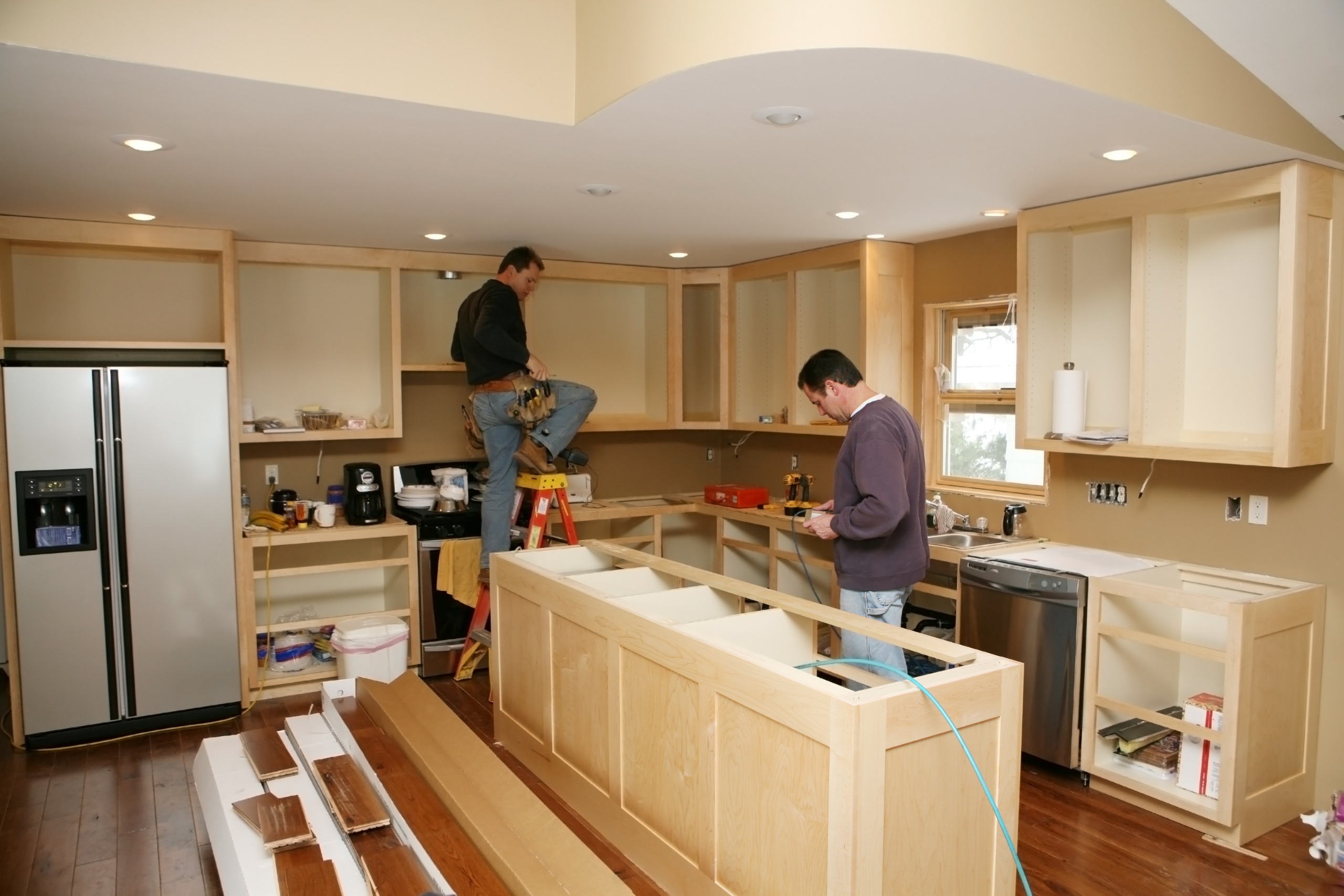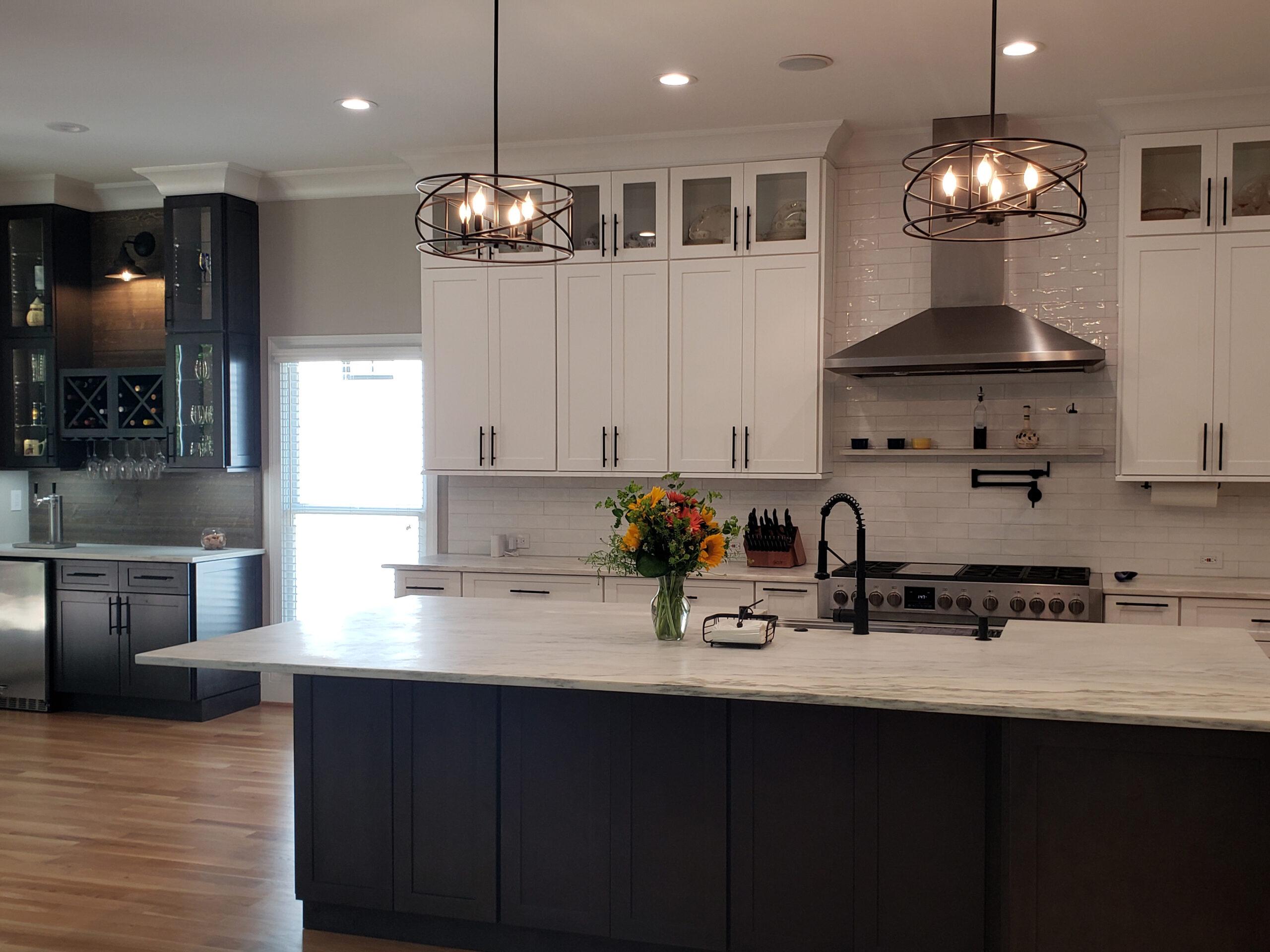When designing or remodeling a kitchen, every choice carries weight, from the color of the paint to the style of the knobs. However, perhaps nothing is as fundamental as selecting the right materials for the core structures, such as kitchen cabinet boxes. This impacts not only the aesthetic appeal but also the durability and longevity of the cabinets.
One debate that often emerges when considering kitchen cabinets is the choice between particle board and plywood. Each material has its advocates, touting various benefits from durability to cost-effectiveness. But with furniture making such crucial decisions, it’s essential to understand the pros and cons of each option comprehensively.
Stay with us if you’re in the midst of this decision or simply curious. This article delves deep into the “particle board vs plywood” conundrum, equipping you with the knowledge you need to make the best choice for your kitchen.
What is Particle Board and Its Benefits for Kitchen Cabinets Boxes?
Particle board, also known as chipboard, is an engineered wood product made from wood chips, sawmill shavings, and sometimes even sawdust, all bound together with synthetic resins or other suitable binders. These components are pressed and extruded into thin sheets, resulting in a dense, uniform board.
Cost-Effective: One of the main attractions of particle board is its affordability. Made from wood byproducts, it often costs less than solid wood or plywood, making it an attractive choice for those on a tighter budget.
Smooth Surface: The manufacturing process of particle board ensures a smooth and consistent surface. This is why particle boards are beneficial when laminating or veneering, as they require less preparation than other wood materials.
Lightweight: Due to its composition, particle board tends to be lighter than solid wood, making it easier to handle and install, especially for DIY projects.
Potential Drawbacks
Moisture Sensitivity: The particle board is notably less moisture-resistant than other wood materials. It can swell or warp when exposed to water or high humidity, potentially shortening the cabinet’s lifespan.
Strength Limitations: While particle board can be quite dense, it has a different structural strength than plywood or solid wood. This can be a concern for cabinets meant to support heavy items.
What is Plywood and Its Benefits for Kitchen Cabinets Boxes?
Plywood is a versatile engineered wood product made by stacking several thin layers, or “plies”, of wood veneer. These layers are glued together using adhesive, with each hardwood plywood laid perpendicular to the one below it. This cross-grained arrangement enhances the board’s strength and stability, minimizing expansion and shrinkage.
Durability: Plywood stands out for its strength and resilience. Its multi-layered construction gives it a robustness that’s hard to match, ensuring that cabinets made from plywood can withstand the test of time.
Moisture Resistance: While no wood product is completely waterproof, the construction of plywood makes it more moisture-resistant than particle board. This characteristic becomes particularly important in areas like kitchens, where water spillages are common.
Aesthetic Appeal: With plywood, there’s an option to choose from various wood species for the outer veneer marine plywood, which can influence the overall look and feel of the cabinets. Moreover, its edge can be left exposed for a modern, industrial look.
Potential Drawbacks
Cost: Given its benefits, plywood generally has a higher price tag than particle board. Those on a tight budget might find it more of a stretch, unlike particle board.
Weight: Plywood is denser and, as a result, heavier than particle board. This can make installation more challenging, especially for larger furniture pieces.
Particle Board vs Plywood: A Side-by-Side Comparison
Durability and Longevity
Particle Board: While it’s durable enough for many applications, particle board doesn’t quite match the strength of plywood. Its susceptibility to moisture can reduce its lifespan, mainly if used in areas prone to water exposure.
Plywood: Thanks to its layered construction, plywood offers superior durability. It can withstand greater stress, making it ideal for cabinets that bear heavy loads.
Aesthetics and Finish
Particle Board: Particle board offers a smooth, consistent surface for veneers and laminates. However, its appearance can be somewhat plain when left exposed.
Plywood: With various wood species available for the outer veneer, exterior plywood offers more aesthetic versatility. Its edges, when exposed, can provide a unique, striped appearance, appealing to certain design sensibilities.
Moisture Resistance
Particle Board: Particle board is more vulnerable to moisture and can swell or deteriorate when exposed to water over time.
Plywood: While not waterproof, plywood is certainly more moisture-resistant due to its cross-layered structure. This makes it preferable for spaces where occasional water exposure might occur.
Cost-effectiveness
Particle Board: A clear winner in the budget-friendly category, particle board is often significantly cheaper than plywood, making it an attractive choice for those looking to save.
Plywood: While it’s pricier, many homeowners and contractors consider the cost of plywood an investment, given its longevity and performance benefits.
Environmental Impact
Particle Board: Mainly made from wood byproducts, particle board furniture is resource-efficient in using materials that might otherwise go to waste.
Plywood: While it’s a renewable resource, producing plywood can be more resource-intensive due to larger wood veneers.
Factors to Consider When Choosing Between Particle Board and Plywood
Purpose and Location of the Cabinet
Particle Board: Best suited for spaces with minimal exposure to moisture, such as dry storage areas or upper wall cabinets. It’s also a good choice for interiors or backings where the material is not constantly visible or under stress.
Plywood: An excellent choice for base cabinets, especially under-sink areas and other places with potential water spillages. It’s also suitable for cabinets meant to support heavier furniture or items due to its added strength.
Budget Constraints
Particle Board: If budget is a primary concern, particle board offers a more affordable option. It’s a cost-effective solution for large projects or when trying to save on secondary elements like shelving or interior structures.
Plywood: While pricier, the investment in plywood often pays off in the long run with its durability and lifespan. If you can allocate more of your budget to cabinetry, plywood is the way to go.
Aesthetic Preferences
Particle Board: Offers a smooth and uniform surface, ideal for laminates and veneers. If you’re not keen on the look of wood grain or opt for a particular veneer, particle board might meet your aesthetic needs.
Plywood: For those who appreciate the beauty of natural wood grain, plywood offers a range of veneer options to choose from. Its layered edges can also add a stylish touch when left exposed.
Sustainability Concerns
Particle Board: This material uses wood byproducts, which means fewer trees are explicitly felled for its production. However, be aware of the binders and resins, as some of the two materials may not be environmentally friendly.
Plywood: Plywood requires more wood compared to particle board. If opting for a plywood particle board, look for sustainably sourced options or those with certifications indicating responsible forest management.
Maintenance and Future Repairs
Particle Board: Since it’s more susceptible to water damage and may wear out quicker in certain conditions, consider the potential costs of future repairs or replacements.
Plywood: Its robust nature means fewer worries about wear and tear. If properly cared for, plywood cabinets can remain in excellent condition for years, reducing the need for frequent maintenance or replacements.
Expert Recommendations
Understanding the Project’s Demands
Particle Board: Recommended for non-load-bearing applications or areas where the cabinets won’t face regular stress. This could include upper wall cabinets, decorative elements, or interiors that won’t see daily wear and tear.
Plywood: Highly recommended for high-traffic areas, base cabinets, or any application that demands a longer lifespan and better resistance to wear and tear.
Considering the Climate
Particle Board: In drier climates or controlled indoor environments, particle boards can perform exceptionally well and maintain their form.
Plywood: For more humid regions or spaces where temperature fluctuations are common, experts often lean towards plywood due to its better resistance to moisture and overall stability.
Weighing Long-Term Value
Particle Board: For short-term solutions or projects where longevity isn’t a primary concern (like staging a home for sale), particle boards can be a cost-effective choice.
Plywood: If you view your cabinets as a long-term investment and value durability, experts often suggest spending more upfront on plywood for its proven track record.
Assessing Aesthetics and Finish
Particle Board: Ideal for modern designs where the wood grain look isn’t essential, especially when using laminates or veneers.
Plywood: Preferred when aiming for a more traditional or premium aesthetic, significantly when the wood’s natural grain adds to the design.
Safety and Health Considerations
Particle Board: If you’re leaning towards particle board, experts recommend ensuring it’s labeled as low-VOC and doesn’t emit harmful chemicals.
Plywood: While generally considered safe, it’s still recommended to check for certifications, ensuring it’s free from harmful adhesives or chemicals.
Conclusion
The debate between particle board and plywood is one that professionals and homeowners alike often engage in when planning kitchen renovations or builds. Both materials come with their advantages and potential drawbacks, shaped by factors like durability, cost, aesthetics, and environmental considerations.
With its cost-effectiveness and smooth finish, particle board is a viable option for many projects, especially when the budget is tight. On the other hand, plywood, renowned for its durability and versatility in design, stands as a testament to what many consider the gold standard in cabinetry.
However, beyond the specs and features, the best choice truly hinges on individual project requirements and personal preferences. It’s about balancing needs, desires, and budget constraints to create a space that looks good and functions optimally for years to come.
Whether you lean towards the affordability of particle board cabinets or the resilience of plywood, ensuring informed decisions guided by kitchen remodeling expert insights and careful considerations will undoubtedly lead to a beautiful and functional kitchen.




